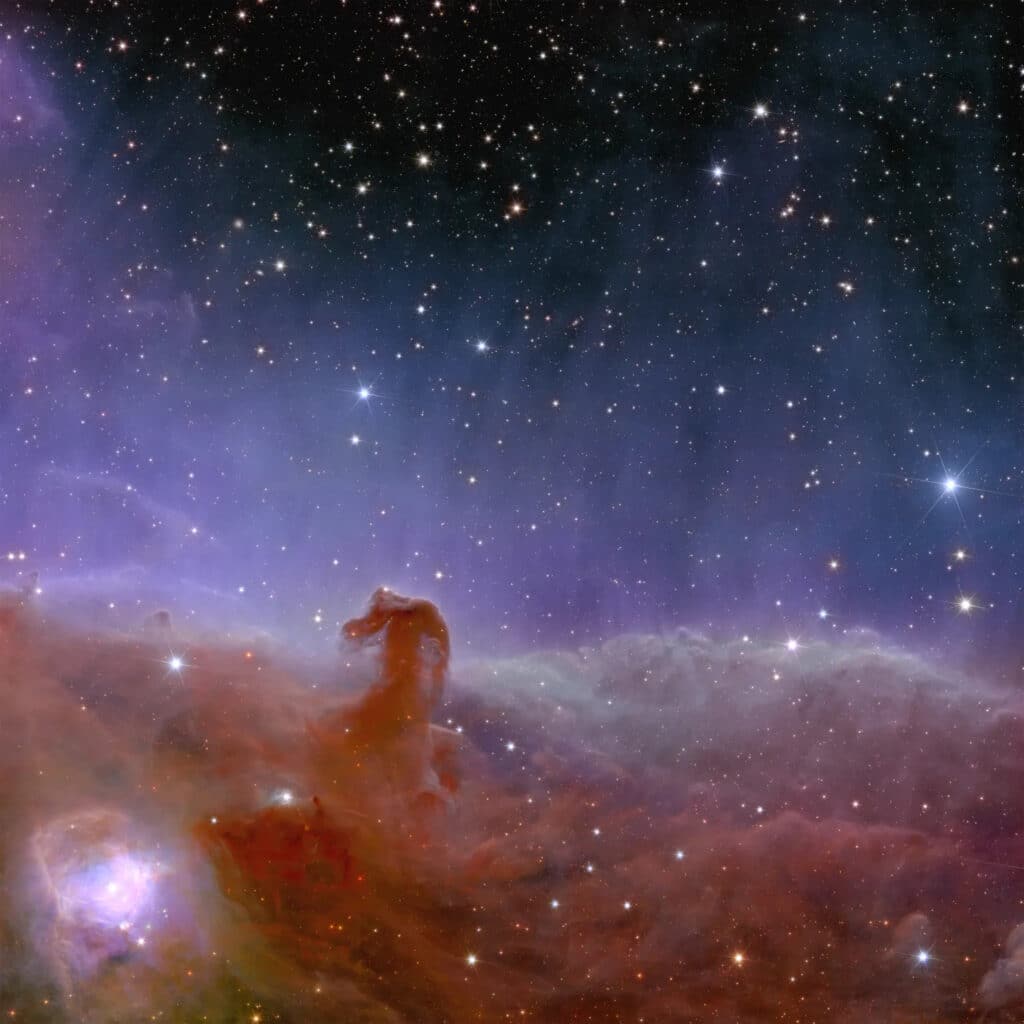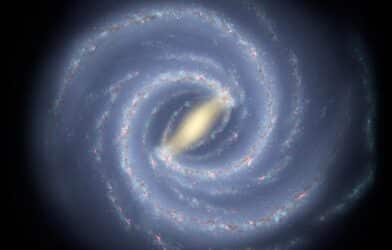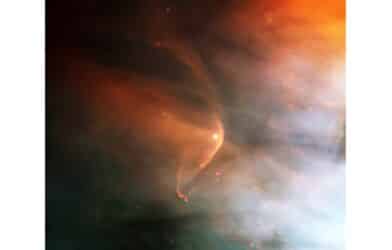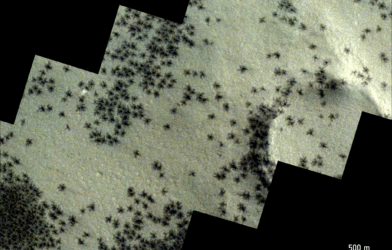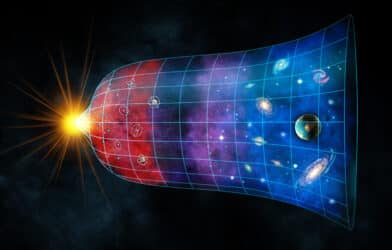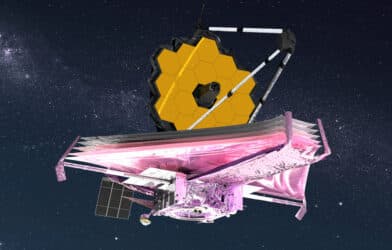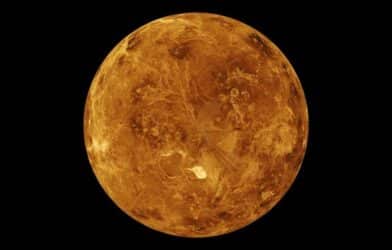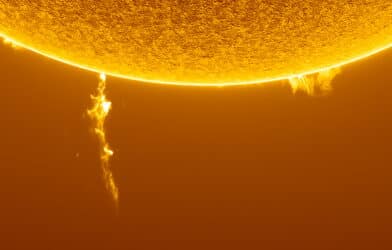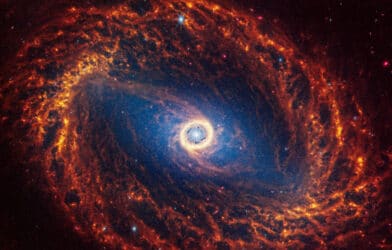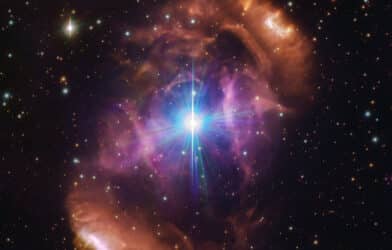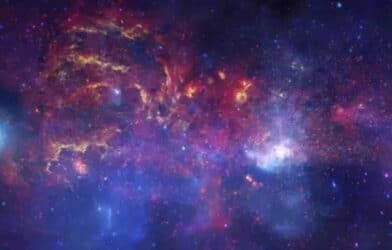The Euclid mission, a collaboration between the European Space Agency (ESA) and NASA, has unveiled its first images, showcasing its incredible ability to explore the mysteries of dark matter and dark energy. These remarkable images, including a vast cluster of distant galaxies and close-ups of celestial objects, provide a glimpse into the groundbreaking work that Euclid will undertake in its mission to understand the cosmos.
Scheduled to begin regular science operations in early 2024, Euclid aims to investigate the enigmatic forces of dark matter and dark energy, which make up a significant portion of the universe’s composition but remain largely elusive and poorly understood.
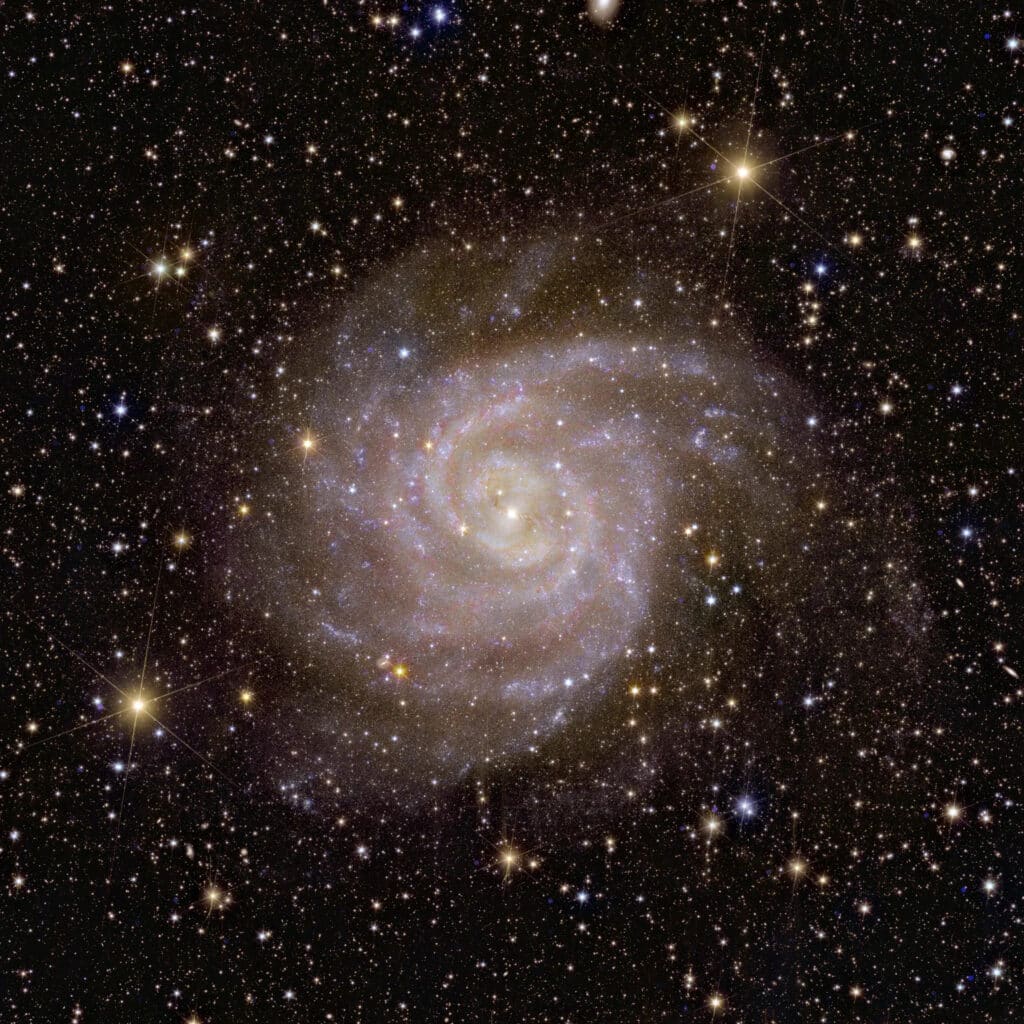
“The Euclid observatory will uncover a treasure trove of scientific discoveries that will be used across the world, including by U.S. scientists, for years to come,” says Nicola Fox, associate administrator of the Science Mission Directorate at NASA Headquarters in Washington, in a statement. “Together, NASA and ESA are paving the way for a new era of cosmology for NASA’s forthcoming Nancy Grace Roman Space Telescope, which will build upon what Euclid learns and will additionally survey objects on the outskirts of our solar system, discover thousands of new planets, explore nearby galaxies, and more.”
Euclid embarked on its journey on July 1, launching from Cape Canaveral, Florida, and traveling nearly 1 million miles to its observation point. After a successful period of commissioning and testing, the space telescope is performing as expected.
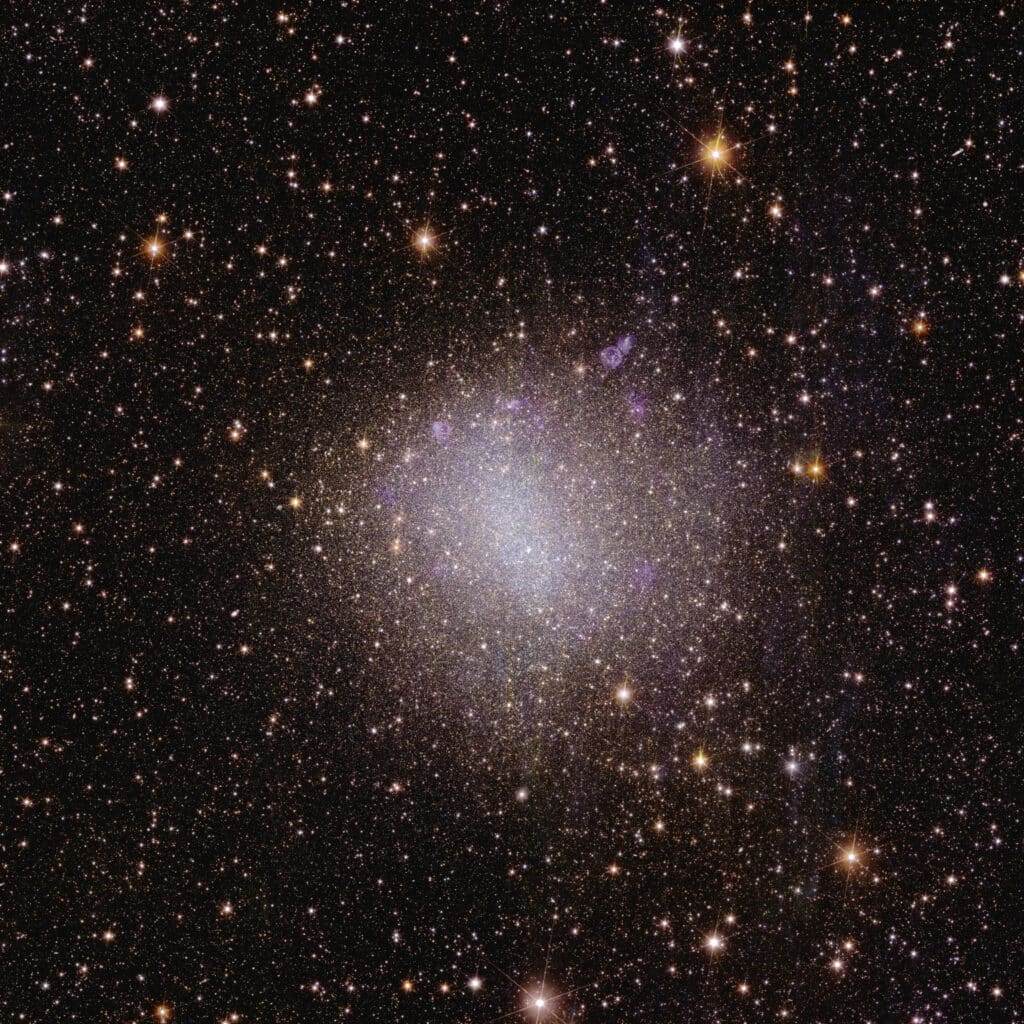
One of the instruments onboard Euclid received critical hardware from NASA’s Jet Propulsion Laboratory in Southern California. Additionally, NASA has established a U.S.-based Euclid science data center, and NASA-funded science teams will join international counterparts in studying dark energy, galaxy evolution, and dark matter.
Euclid’s mission complements NASA’s Nancy Grace Roman Space Telescope, which will also investigate dark energy but with a different approach. Euclid’s findings will inform Roman’s work in studying the mysterious forces shaping our universe.
During its planned six-year mission, Euclid will create the most extensive 3D map of the universe to date, covering nearly one-third of the sky and containing billions of galaxies located up to 10 billion light-years from Earth. Its wide field of view allows Euclid to observe large sections of the sky rapidly, making it a crucial tool for studying dark energy.
Dark energy is the term used to describe the mysterious force behind the universe’s accelerating expansion. While gravity should theoretically pull everything in the universe together, the observed reality is that objects are moving apart at an increasing pace. To understand this phenomenon, scientists need to map the presence of dark matter, which can only be observed indirectly through its gravitational effects on surrounding objects.
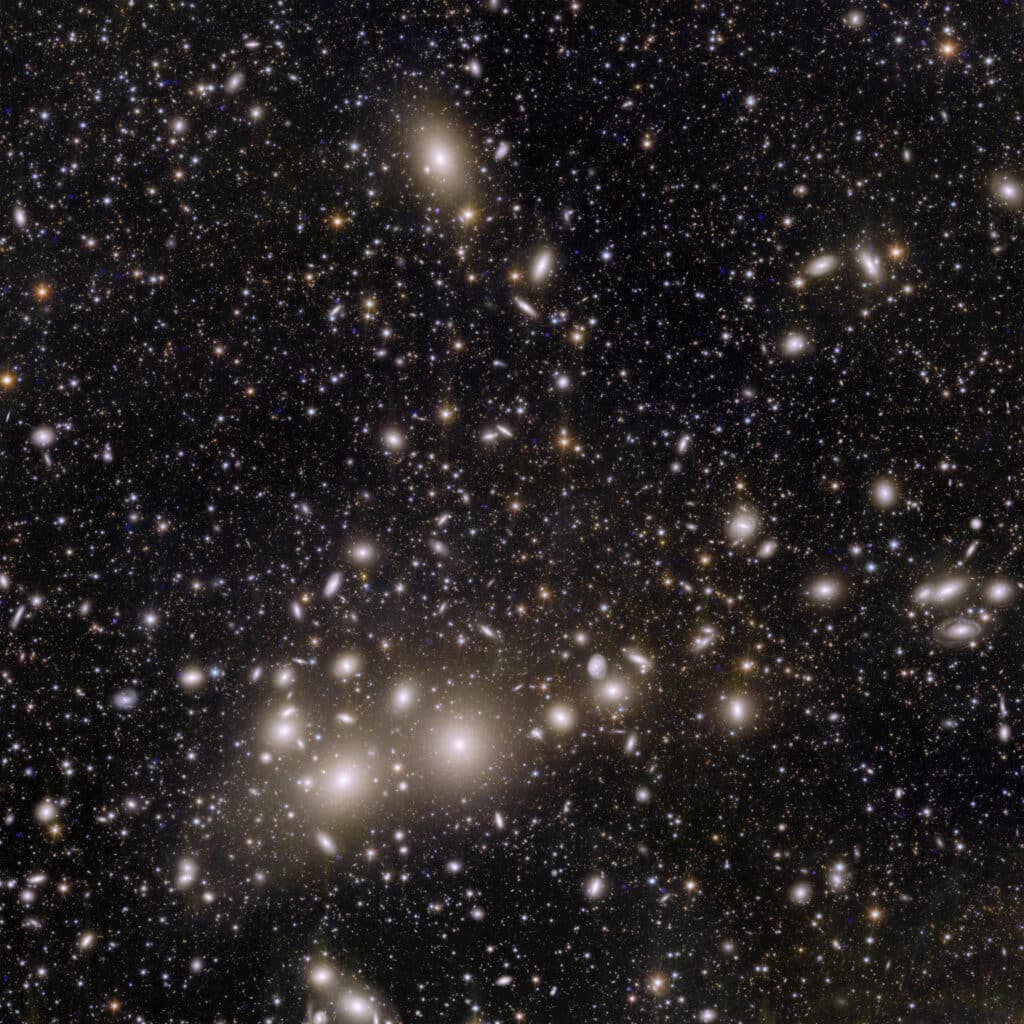
Euclid’s images showcase its wide view, capturing the entirety of the Perseus galaxy cluster and many galaxies beyond it in a single image. This cluster, located 240 million light-years from Earth, is among the most massive structures known in the universe. Euclid’s survey will cover an area 30,000 times larger than this image.
“Euclid’s first images mark the beginning of a new era of studying dark matter and dark energy,” says Mike Seiffert, Euclid project scientist at JPL. “This is the first space telescope dedicated to dark universe studies, and the sheer scale of the data we’re going to get out of this will be unlike anything we’ve had before. These are big mysteries, so it’s exciting for the international cosmology community to see this day finally arrive.”
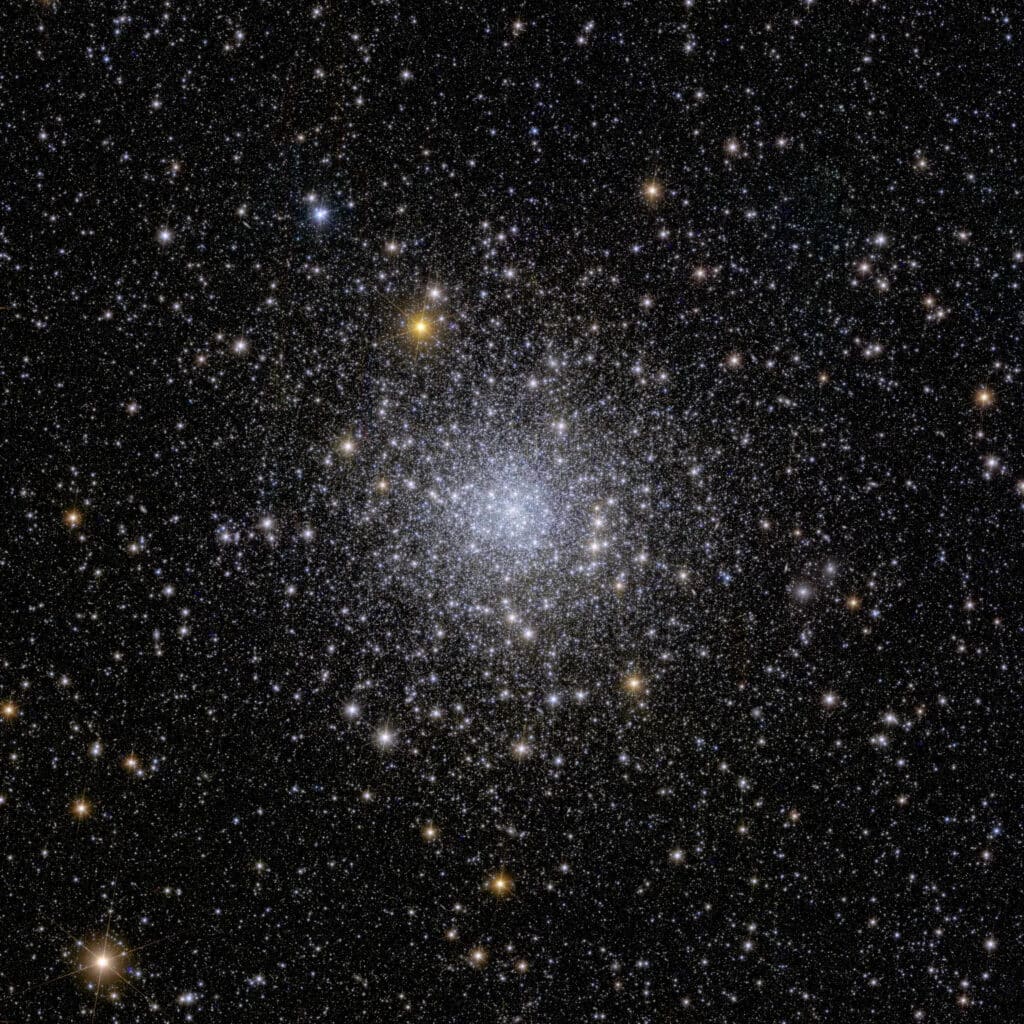
While Euclid surveys a large portion of the sky, NASA’s Roman mission will focus on a smaller area but provide higher-resolution images of hundreds of millions of galaxies. Together, these missions will provide invaluable insights into the universe’s profound mysteries.
The data from Euclid’s first images is now available to the scientific community, with scientific papers analyzing the data expected to follow. As the mission continues, Euclid’s data repository will expand, with new batches released annually and accessible to scientists worldwide through the Astronomy Science Archives hosted at ESA’s European Space Astronomy Centre in Spain.
